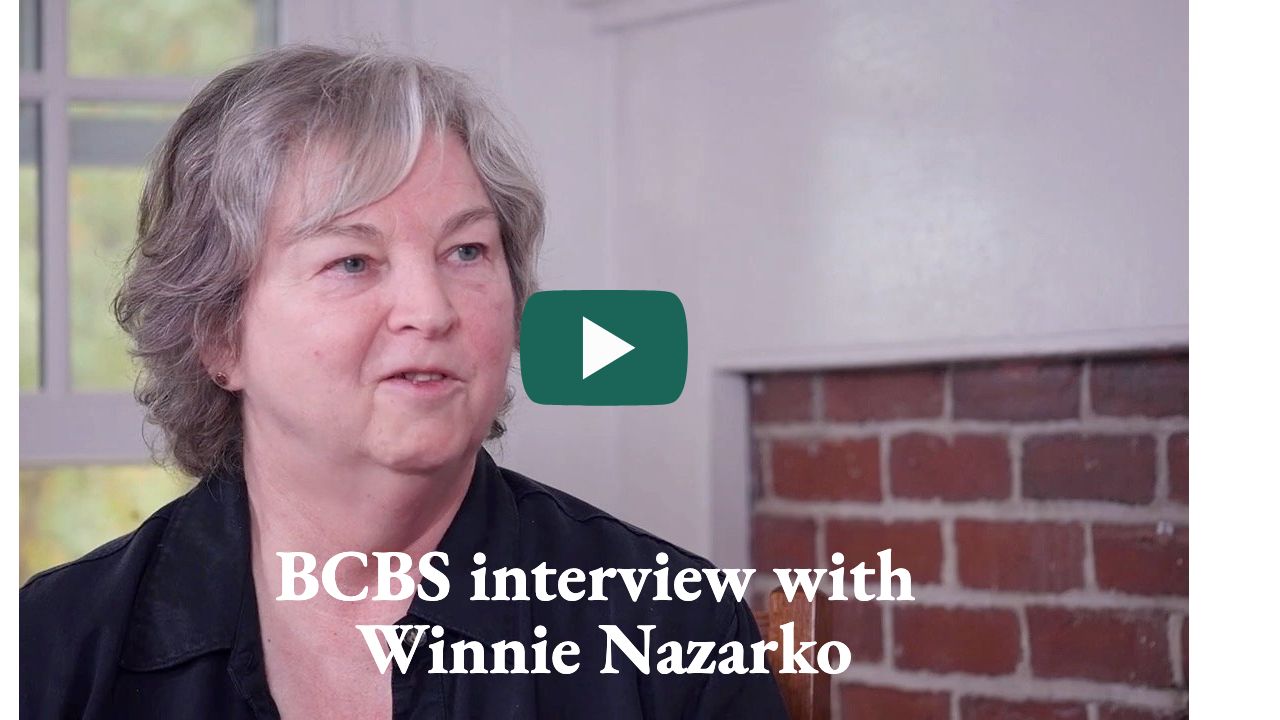IJ: Maybe we can start by talking about your own practice. Do you find that practice changes much from day to day, week to week, or month to month?
WN: There’s some variation. Since I did a retreat a few years ago with Pa Auk Sayadaw, that great concentration master, I often include periods of jhāna practice, where I work directly with the breath and with material jhānas, and perhaps go into mettā from there.
IJ: You participated in that somewhat famous 4-month retreat with Pa Auk Sayadaw right up the hill at the Forest Refuge. What was that like?
WN: It was really challenging, partly because it was such a different style of practice. In vipassanā or insight practice we learn how to mindfully relate to all body-mind states, including the hindrances. We turn the mind toward noticing the impermanence of states, the change within states, and the change of states and sensory experiences. That’s the basic instruction for insight practice: establish connection with the meditation object, notice the change within the object, and notice the change of objects.
 In the style of concentration practice Pa Auk Sayadaw was teaching, you turn to a single object—the breath at the nostrils—and you keep attention there. At first my mind would get to the point of absorption, and then in would kick a habit from insight practice to go out to find another meditation object to prevent absorption. This reflex is skillful in insight practice because in that type of meditation you’re trying to preserve the ability to observe change.
In the style of concentration practice Pa Auk Sayadaw was teaching, you turn to a single object—the breath at the nostrils—and you keep attention there. At first my mind would get to the point of absorption, and then in would kick a habit from insight practice to go out to find another meditation object to prevent absorption. This reflex is skillful in insight practice because in that type of meditation you’re trying to preserve the ability to observe change.
But in the type of concentration practice I was learning, absorption was not only good; it was necessary. So I had to figure out how to relate to what I was knowing in a new way. I had a well-wired way of working, and in order to learn something else I needed to establish new neuro-pathways. One of the major learnings of the Pa Auk retreat was patience—patience in learning a new style of practice.
IJ: I’ve heard you speak about the importance of relaxation for developing concentration. What does balancing relaxation with effort look like on any given morning of an intense retreat like that?
WN: For me, full effort was there, but there was relatively way too much energy in the body. I turned to some things that I had learned in other settings, like legs-up-the-wall pose and what’s called the relaxing breath, where you use a certain count to inhale, hold the breath for a little while, and exhale longer than you inhale. I was working directly with my own nervous system to provide some soothing, and I found that I needed to do that between sitting periods in order to keep bringing the energy down to a level where it was balanced enough with calm to support samādhi.
It was a really good experiential learning, and it reinforced for me the importance of staying in touch with whatever specific difficulties you might experience so that you can call on your own intuition to apply remedies. No matter what set of instructions you receive, how they land in your body-mind at any given time is going to be unique to you.
IJ: Did you mention your legs-up-the-wall and calming breath practice to Pa Auk Sayadaw?
WN: I don’t think that came up in conversation. I did tell his assistant, though.
IJ: What did his assistant say?
WN: He didn’t object because he knew that I was sincere and committed and fully engaged. I was working with finding balance, not looking for a vacation. I was trying to find a way that I could participate in the retreat as successfully as possible.
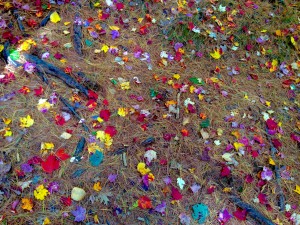 IJ: Is retreat the right place to engage in that kind of trial and error—trying things out to see what helps and what doesn’t?
IJ: Is retreat the right place to engage in that kind of trial and error—trying things out to see what helps and what doesn’t?
WN: That’s really how you make the practice your own. Once your practice is well established and you have a basic clarity about the instructions, I think that awareness intuitively starts to turn toward the arising experience itself and make those adjustments in approach, whether major or minor.
IJ: Are there any particularly memorable meditation practice interviews that you participated in, either as a teacher or as a yogi?
WN: On my first three-month retreat at IMS, one of my teachers was Sharon Salzberg. I came into the retreat with a good deal of grief, and of course it manifested. I think for the first month or so I cried almost every sitting period. Not sobbing—just crying. Little by little, that emotional weather system started to move through, and I had the experience that it went away.
Then a couple of weeks later, there it was again. I went into my interview with Sharon and said, “It’s back.” And she said, “No, it’s not.” And I said, “No, it’s back.” And she said, “No, it’s not.” I remember thinking, “Oh, my God. She’s been seeing me for six weeks, and she doesn’t even remember me telling her about all this.” I said, “You know that thing—that grief, anger, despair, tears—it’s back.” And she said, “It’s not back. It’s a new arising.”
It kind of pinned me to the chair, and I realized that I had been eternalizing the state. “It’s always there. Just below the surface, it’s always there.” But the Buddhist perspective is that when the causes and conditions are present, something will arise. It may seem similar to something that has been experienced before, but it’s not actually the same thing. And when it’s not there, it’s really not there.
IJ: How were things after that? Did the sadness and grief continue?
WN: Something similar arose again, but it was no longer disturbing, and by the end of the retreat that pattern really wasn’t manifesting. It had been seen through fairly completely. It was a major learning for me, and I often tell that story to people that have a pattern or a particular weather system that’s coming up again and again—to see for yourself if it’s actually the same thing and if it’s actually always there. Investigate the state.
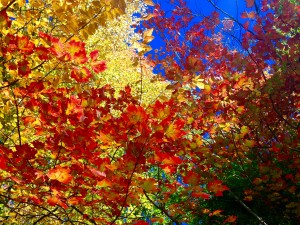 IJ: You did a year-long retreat at the Forest Refuge. What led to you taking something like that on and how did it feel going in?
IJ: You did a year-long retreat at the Forest Refuge. What led to you taking something like that on and how did it feel going in?
WN: I had the very fortuitous circumstances of having someone offer to be my benefactor so I could do a retreat up there for as long as I wanted. It was a remarkably generous offer. So I decided, “Well, a year would be a good long period.”
I remember the first night that I arrived there. I had many boxes—clothes, vitamins, and everything I’d need for a year’s stay. I remember sitting on the bed in my room and looking at all the boxes and thinking, “Okay, Nazarko. This time you might have bitten off more than you can chew.”
Then I thought back to the first time I did the three-month retreat at IMS. The person who was checking me in looked at my retreat experience and said, “Well, this will only be ten times longer than anything you’ve done before.” Right then some wisdom popped out of my mouth without going through my conscious mind, and I said, “Yeah, but it’s only one moment at a time, right?” And I think that’s the secret to doing long retreats—to put your mind strictly in the present tense—and keep it there.
IJ: What do you think makes reintegration so difficult for so many people—whether it’s coming off of a longer or a shorter retreat?
WN: During retreat, the senses can get very open and purified. Partially because sensory input feels magnified, arising emotions can be very strong. I think the secret ingredient for successful reentry, which isn’t so secret, is equanimity—whether or not the mind has developed non-reactivity to vedanā. You develop non-reactivity to vedanā over time by attending to phenomena in the same even-handed way whether it’s pleasant, unpleasant, or neither-pleasant-nor-unpleasant. So equanimity emerges from good practice, over time.
You can incline the mind toward equanimity, which can be supported by turning to things like impermanence, but really the key is learning to work with all forms of vedanā. If equanimity is there when you’re coming off retreat, you can still experience very strong and not necessarily pleasant sensory and emotional experiences, but the mind doesn’t get blown over or stay blown over as easily.
IJ: Do you think you might ever do another year-long, or possibly something even longer?
WN: Yes. But in the near future I have some teaching scheduled.
IJ: The course that you’re teaching here at Barre Center for Buddhist Studies this January is on the five faculties. Why the faculties? They certainly don’t get as much airtime as the defilements.
WN: One way to think about the faculties is that they are an intrinsic resource that can allow us to develop our understanding and our practice. They can be purposefully developed to the point where they become powers of mind that can be drawn on at will. These five particular wholesome qualities of mind work together. They can be both individually cultivated and balanced in relationship to one another. They are “onward leading”—not only with respect to deepening meditation practice, but also in moving the heart-mind in the direction of liberation.
IJ: You’ll be emphasizing faith in your upcoming course at BCBS. Why single out that faculty in particular?
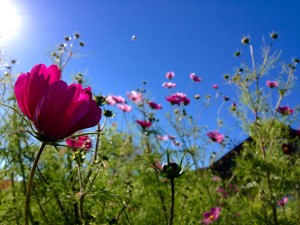 WN: Because faith is a threshold quality. If you don’t believe in either the direction of the teachings or your own potential to realize them, it’s going to be hard to marshal the effort and commitment necessary for spiritual practice to really open.
WN: Because faith is a threshold quality. If you don’t believe in either the direction of the teachings or your own potential to realize them, it’s going to be hard to marshal the effort and commitment necessary for spiritual practice to really open.
IJ: How can we go about cultivating faith and confidence in our own abilities?
WN: One way is through simply knowing what you’re knowing as you’re knowing it—even on a simple sensory level. Just knowing what’s true on the level of seeing, hearing, tasting, touching, and smelling. Of course, working with the mind-door—I was going to say the mind-field, and it is kind of a mine field sometimes, isn’t it?
Working with the mind directly is tricky because for most of us the seeds of self-view and identification are in the thoughts, the emotions, the individual story-telling. Simply inclining the mind toward seeing the transparency of thought and where dukkha attaches in relation to thought, especially unpleasant thought, can be really skillful. But developing the capacity to do this is challenging.
Another way to develop faith is through reflecting on our own wholesome qualities and deeds. This type of reflection can help overcome the negativity bias that a lot of us have about who we are and how we are and how we’re not good enough and “Maybe others can but not me because I’m fatally flawed in some sort of way.” This lack of confidence is common. I sometimes say that if we all had speakers attached to our thought-streams and could listen to what other people were thinking and feeling, a lot of things would be normalized. We’d start to realize that we all have these cycles of thought, and we would take them less seriously.
As a wise friend of mine recently said, “There’s no selfie stick long enough to get you a view of yourself that’s everything you want. So you might as well put it down.” Let go of the fixation of needing to fit some image—even a good one.
IJ: It’s funny because in meditation we start seeing these defilements in almost every thought. In some ways, meditation can increase the doubt and leave us feeling like, “Okay. So clearly I can’t trust my thoughts. Now what?”
WN: Feel your feet. Go to the feet. Doubt is a really tricky quality of mind. It’s really, really sneaky. Often it comes masquerading as wisdom, but it isn’t. And you know it isn’t because it has the characteristic of disabling effort and connection to immediate experience. But it is a very common state of mind and one that can open the door to the other hindrances. And then you’re really just a big ol’ ball of dukkha.
IJ: What other strategies are useful for dealing with doubt?
WN: Well, one thing you don’t want to do with doubt is dialogue with it. Because it’s a really bad dharma coach. It gives you really bad advice. So it can be useful to redirect the mind to something that’s directly knowable. Something sensory. Something where there can be no reasonable doubt about what it actually is. Sometimes I tell people to do this (rubbing her hands together). Can you feel that? Can you feel that? Sensing. Sensing. Warm. Warm.
IJ: How can someone who has practiced mainly with the breath or open awareness begin bringing the faculties into their daily practice?
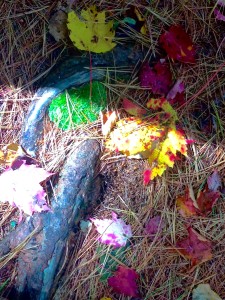 WN: In addition to faith, the specific faculties are effort/energy, mindfulness, concentration, and wisdom. The second faculty, effort, can be an area of really fruitful inquiry. As we were saying earlier, especially on retreat we’re being called upon to make committed effort, but what that looks like is very much dependent on individual circumstances.
WN: In addition to faith, the specific faculties are effort/energy, mindfulness, concentration, and wisdom. The second faculty, effort, can be an area of really fruitful inquiry. As we were saying earlier, especially on retreat we’re being called upon to make committed effort, but what that looks like is very much dependent on individual circumstances.
Effort needs to be balanced, informed by a mindful feedback loop. For instance, sometimes you may need to turn for a while to another practice, like mettā, to counteract strong aversion. When mindfulness is totally lost and agitation is high, you may need to take a break and regroup. When practice is established but it’s just kind of tra-la-la, the heat may need to be turned up. Sometimes you may need to make more effort of a particular kind. Determining what wise effort is, in particular, is an area where contact with a teacher can be particularly valuable. Because sometimes we just double down on unskillful effort and get tied up in knots.
IJ: “Let me just try twice as hard or four times as hard. Push these defilements away as hard as I possibly can. That’s how I’ll solve it.”
WN: And you might not see that there’s aversion there. You’re trying to exercise a kind of control you don’t actually have, and the self-view can get tangled up in it, too. “I’m gonna…I have to…I’m gonna…” I’ve noticed that the louder the ‘I’ piece sounds in my mind when I’m doing something or about to do something in practice, usually the more unskillful it’s going to be. And the more it’s not going to work.
Over time I’ve found that what’s most useful for insight practice is the go-along-with-it mind—the mind that focuses on what if anything needs to be done in order to maintain receptive, interested contact with whatever is arising and manifesting. To me, developing the capacity to be with anything is at the heart of renunciation in practice.
It’s inevitable that we go through periods when the mind tries to exercise control over what’s being experienced. One thing we’re developing clarity about—and this would be part of the wisdom piece of the five spiritual faculties—is what we have control and influence over and what we don’t. How do we figure that out? By again and again and again and again, on levels gross and subtle, attempting to exercise control over what’s arising in the body-mind…and usually failing.
Eventually the mind starts to realize, “Wait. This is actually suffering when the mind goes like that. Can I let go of that? Can I sit back and be more receptive and allowing?” In order to do that, the mind has to give up trying to implement its ideas of how things should be. But it’s not easy. Simple—but not easy.
IJ: Is working with the faculties a separate practice, or is it another way of seeing and working with things that one is already seeing and working with?
WN: It’s both. But it can be useful to work with particular methods for strengthening each of the faculties. For instance, when working with effort there are particular reflections about the shortness of human life and other ways of motivating that can heighten the willingness to step up and be present even when things are difficult. As for mindfulness, the key seems to be a certain amount of trust in the value of receptivity.
IJ: What’s most important to keep in mind while cultivating samādhi?
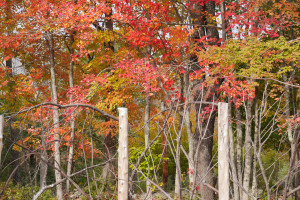 WN: That relaxation is key and to not demand immediate outcomes. If faith is present, there’s an understanding that things will open and yield to sustained, attentive effort. It’s lawful. Whether it opens slowly or quickly, we don’t control.
WN: That relaxation is key and to not demand immediate outcomes. If faith is present, there’s an understanding that things will open and yield to sustained, attentive effort. It’s lawful. Whether it opens slowly or quickly, we don’t control.
The initial turning of the mind toward the meditation object is important. Sometimes people ask the mind to attend to something that’s much too refined for the level of collectedness that’s present at the beginning of a sit. It’s often more skillful to work your way in gradually, asking the mind to attend in sequence to objects it can know without having to strain too much. Sometimes the target is just too small. One of the challenges with the Pa Auk method is that the mind has to turn to the nostrils and upper lip as the sole area—that’s a really small target. It could be more useful to start with a larger target, establish mindfulness there, and from that place of success work your way in as mindfulness gets more refined and non-jhānic concentration develops.
It’s like training anything else. I was at a gym recently and saw some guy leaping from a squat onto a box three feet off the ground. It was amazing—that kind of explosive power—but it would be totally unskillful for me to say, “Okay. I saw it done. I’ve heard it’s good. I’m going to go over there and take that position and just explode.” I’d come out of it with a ruptured knee at the least. Knowing better than to try something like that is a manifestation of wisdom. Learn how to work with what’s present. Don’t reject what’s there for an ideal in your head.
